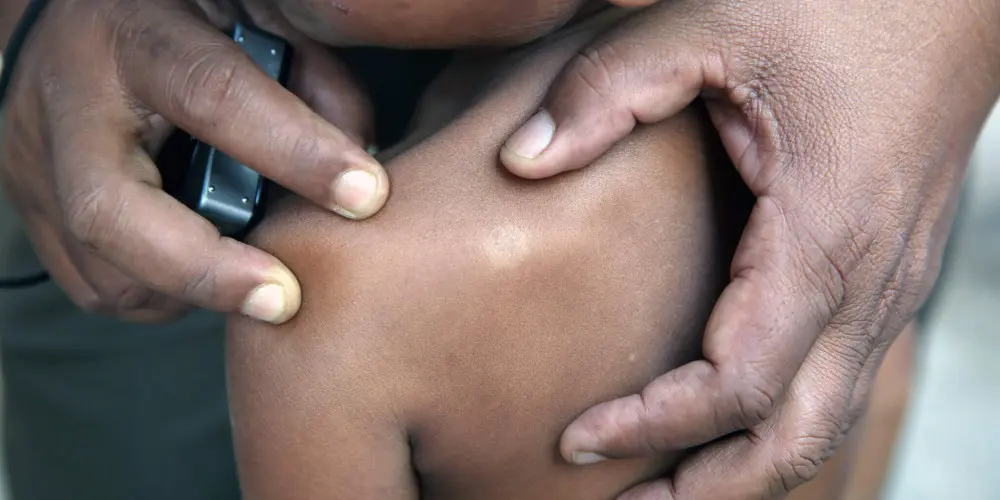KIT Blog
What Causes Leprosy
-
 The Leprosy Mission Australia
The Leprosy Mission Australia
- Dec 17, 2021
- Global
Leprosy, also called Hansen’s disease, is caused by infection from the bacterium Mycobacterium leprae, causing skin lesions, nerve damage, disfigurement and disability, leading to social stigmatization common to people with this disease. It is spread mainly by aerosol infection, or coughing and sneezing, from human to human.
Typically, infection comes about from living in close contact with an untreated infected individual. The incubation period is on average about three to seven years after infection. It is found mostly in India, Brazil, Indonesia and other countries in Africa, southeast Asia and the Pacific Islands. According to statistics from the World Health Organisation, 127,396 new cases of leprosy were diagnosed worldwide in 2020, a significant drop since from the 208,619 new cases in 2018[1].
Although drugs to treat and cure leprosy are cheap and available for free to anyone diagnosed with the disease, pockets of high incidence in dozens of countries have kept the numbers from declining much in the last few years. The root causes for the continued high prevalence rates remain poverty, poor sanitation, poor nutrition, undeveloped public health systems and lack of health care availability to treat those diagnosed before nerve damage and disability occur.
Some people experience reactions to leprosy bacteria in their bodies even though the bacteria are no longer active and treatment continues - this can cause pain, illness, skin swelling and fever - they are difficult to treat - so people have to stay in the hospital for long time. About 95% of people have natural immunity - and those who become infected can easily be cured with a cocktail of antibiotics.













